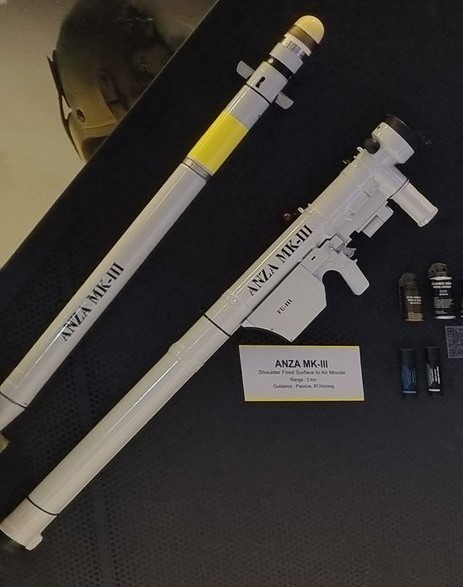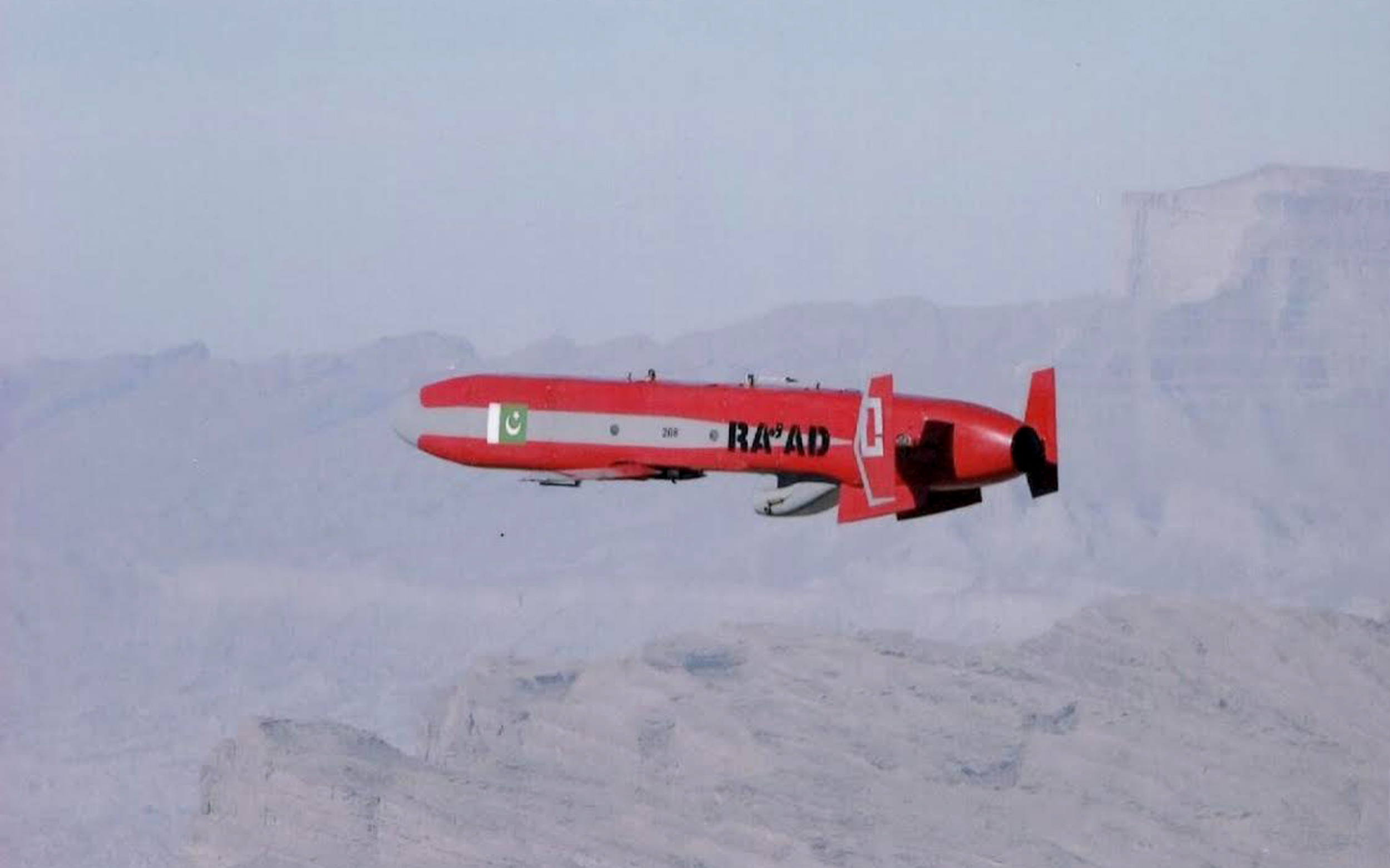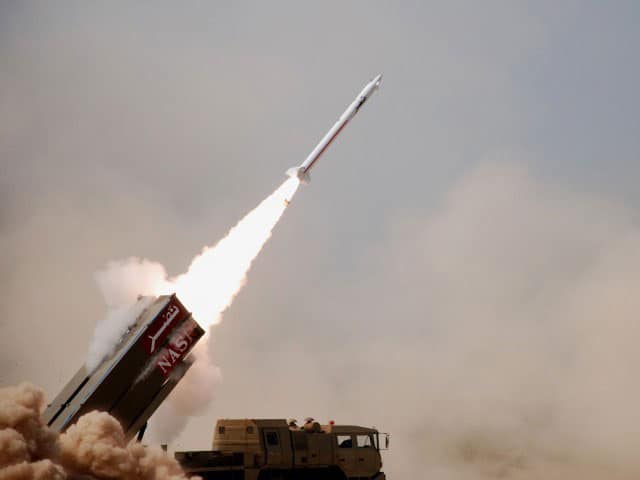SOURCE: AFI


Pakistan’s missile program has long been viewed with suspicion by defense analysts, who have pointed out its heavy reliance on imported technology, particularly from China. Many of Pakistan’s missiles — ranging from man-portable air-defense systems (MANPADS) like the Anza series to its medium-range ballistic missiles (MRBMs) — show signs of being repurposed or rebranded versions of Chinese missiles.
This arrangement allows Pakistan to bolster its missile capabilities without extensive domestic research and development, creating a perception of indigenous advancements while relying on Chinese technology.
1. Anza MANPADS: Inspired by the Chinese QW-1


The Anza series of MANPADS, designed for surface-to-air operations, was initially presented as an indigenous creation. However, analysts have pointed out strong similarities between the Anza MK-I and MK-II systems and China’s QW-1 series. Both systems are designed for targeting low-altitude aircraft and helicopters, equipped with infrared homing seekers that enable them to pursue heat signatures from aircraft engines.
The Anza MK-III, the latest in the series, also shares similarities with the QW-2, an improved version of China’s own MANPADS. While Pakistan claims advancements in range and accuracy with the Anza series, the foundational technology and design bear a strong resemblance to Chinese MANPADS, indicating that China’s expertise played a significant role in its development.
/newsnation-english/media/post_attachments/images/2019/08/28/pakistanmissiles-1000.jpg)

2. The Shaheen and Abdali Missile Series: Echoes of China’s DF and M-Series
Pakistan’s ballistic missile program has developed rapidly over recent decades, showcasing short-range and medium-range ballistic missiles that appear to be inspired by Chinese designs. The Shaheen series, ranging from the short-range Shaheen-I to the medium-range Shaheen-III, shares many design and operational similarities with the Chinese DF-11 and DF-15 ballistic missiles. The solid-fuel propulsion, mobile launch platform, and overall configuration of these missiles suggest a technology transfer or replication process rather than purely indigenous development.
The Abdali missile series, meanwhile, shows characteristics similar to the M-11 missile of China’s M-series. The Abdali-I, a short-range ballistic missile (SRBM), has a range of about 180 km, aligning closely with China’s own SRBM technology. The similarities in range, payload capacity, and design leave little doubt among experts that China’s influence played a role in the Abdali series.

3. Ghauri and Shaheen MRBMs: A Fusion of Chinese and North Korean Designs
The Ghauri missile series, one of Pakistan’s medium-range ballistic missile (MRBM) programs, has sparked speculation about foreign involvement, particularly from North Korea and China. The Ghauri-I is essentially a modified version of North Korea’s Nodong-1 missile, using liquid fuel and possessing a similar range of around 1,300 km. While North Korea is generally credited with providing the technology for the Ghauri, experts believe Chinese technology and support were instrumental in refining and producing these missiles domestically.
Similarly, the Shaheen-II and Shaheen-III, with ranges extending to 2,500 km, showcase similarities with China’s DF-21 and DF-25 ballistic missiles. The Shaheen series has solid-fuel propulsion and road mobility, akin to Chinese systems, which makes them faster to deploy and more challenging to intercept than liquid-fueled missiles. These characteristics are clear indicators that Pakistan’s MRBM capabilities are heavily derived from Chinese missile designs and technical support.


4. Babur and Ra’ad Cruise Missiles: Modeled After China’s C-602 and C-802
Pakistan’s entry into cruise missile technology also bears a Chinese influence, particularly in its Babur and Ra’ad series. The Babur cruise missile, designed for land-attack missions with a range of approximately 700 km, has structural and technical similarities with China’s C-602 cruise missile. Its range, guidance system, and flight profile closely mirror those of the Chinese missile, suggesting a transfer or adaptation of Chinese cruise missile technology.
The Ra’ad, an air-launched cruise missile, also demonstrates design parallels with China’s C-802 missile. Both missiles are subsonic and low-flying, designed to evade radar detection. These missiles provide Pakistan with a standoff capability against high-value targets, but they appear to be derived from China’s established cruise missile technologies.


5. The Nasr Tactical Ballistic Missile: Inspired by China’s WS Series
The Nasr missile, developed for tactical nuclear warfare, has a short range of around 60-70 km and is designed to be highly mobile and quickly deployable. Many defence experts believe it draws from China’s WS-2 tactical ballistic missile. Both systems share similar launch platforms and capabilities, providing Pakistan with a tactical deterrent against conventional military incursions.
The Nasr’s ability to be fitted with a nuclear warhead aligns with Pakistan’s strategy of employing tactical nuclear weapons to counter conventional threats. The system’s operational profile, mobility, and compact design underscore the role of Chinese technological influence in enabling Pakistan to field such an advanced system within a relatively short development time.


6. The Newly Unveiled P-282 (SMASH): Modeled After China’s CM-401
The recently showcased SMASH missile, also known as P-282, is believed to be a derivative of the Chinese CM-401 anti-ship ballistic missile (ASBM). Designed to strike naval targets at sea with high accuracy, the SMASH can perform near-space trajectories and execute supersonic maneuvers, much like the CM-401. With a range of around 350 km, it is particularly suited for anti-ship missions, reinforcing Pakistan’s maritime strike capabilities.
Analysts conclude that the SMASH missile’s design, trajectory, and flight profile leave little doubt about its Chinese origin, as the P-282 closely resembles the CM-401 in both form and function.